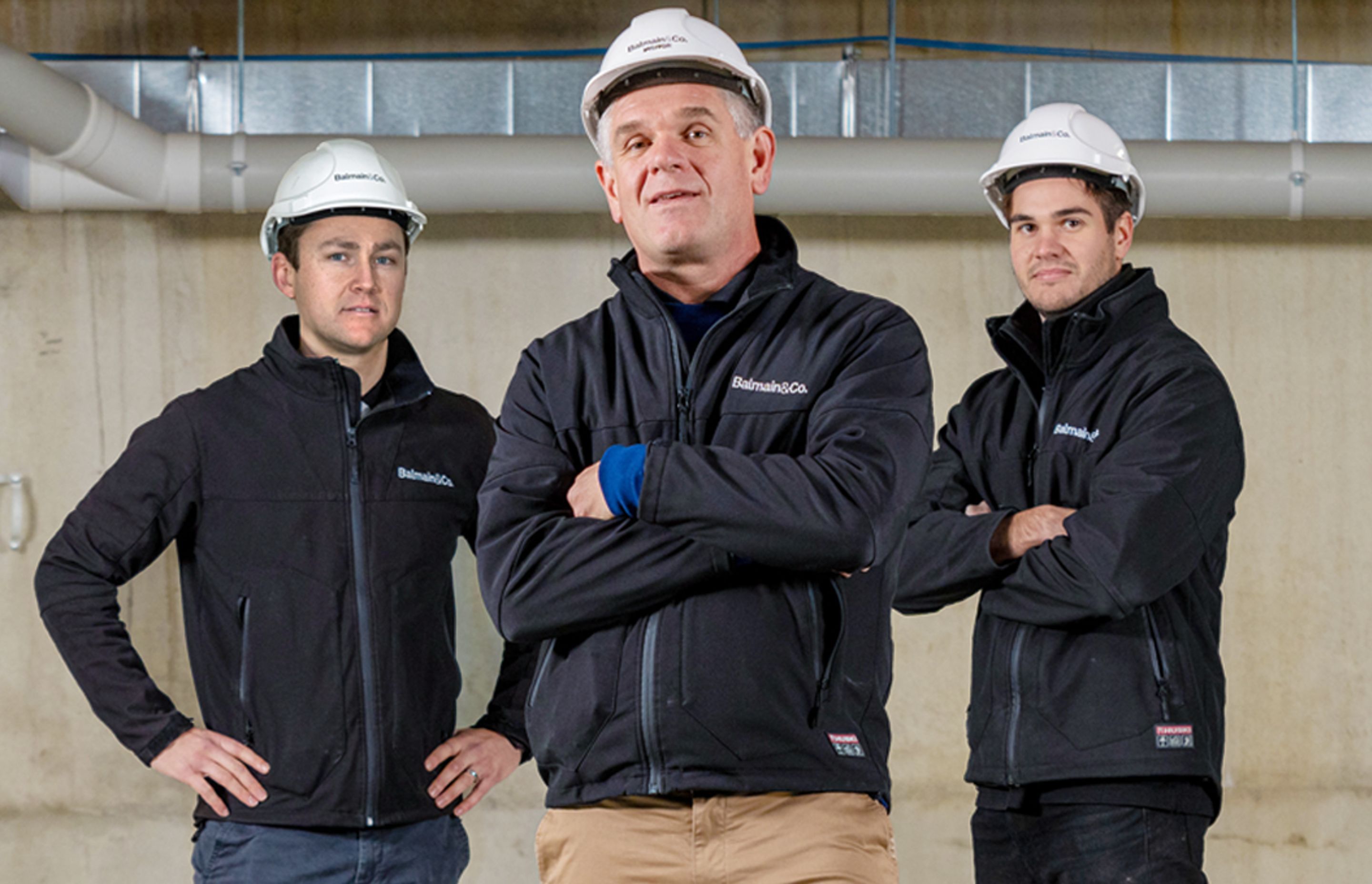Six top strategies for eliminating costly defects
Written by
17 October 2021
•
6 min read

Time, cost and quality are the fundamental elements of any successful (and safe) construction project. When there is a good balance between these three elements, the project is deemed successful—though, ultimately, it is the quality of the build that will have the most long-lasting impact.
Throughout the delivery of the project, planning, quality assurance, documentation, communication and teams all make a critical contribution to the quality of the final product. When one is out of sync with the others, it shows.
In recent years, there have been several construction projects—most noticeably, apartment buildings—making headlines for all the wrong reasons: Grenfell in the UK; Lacrosse, Opal and Mascot in Australia; and, Surfside in Miami. In each case a clear imbalance of the above elements has led to a growing sense that mistakes are simply a matter of course.
So, why is it going wrong? One of the reasons, according to industry researchers at Australia’s Deakin and Griffith Universities, is that defects have become normalised as inevitable. Whether it is neglecting detailing, minor gaps in waterproofing, major flaws such as flammable cladding used in a non-compliant application or structural concrete reinforcing that is not installed correctly, the cumulative impact has been a loss of faith in the competency and workmanship of construction practitioners.
Of course, It is natural for mistakes to happen on the jobsite but when you’re dealing with razor-thin profit margins, changing demands of consumers and regulators and increased safety protocols on the jobsite, there is little room for error.
The following are the six most common mistakes that cause defects:
- Ineffective quality control
- Inadequate documentation
- Flaws in the scope of work
- Communication failures
- Variations
- Unskilled contractors

Avoiding the top six mistakes that lead to costly rework
There are several reasons why the above mistakes can occur. In Procore’s Guide To Zero Defects ebook, experts break them down and devise potential solutions.
Ineffective quality control is a leading contributor to construction defects, which can be classified into two camps: obvious defects noticed before completion (and which cost time in rework); and latent defects discovered, sometimes years later, post-completion (which can result in legal action).
Just as reporting on near-miss safety incidents helps improve safety protocols and practices, tracking quality issues reveals where you need to pay more attention. A good place to start is to identify where quality issues generated rework on recent projects and from there, make a digital action plan for introducing quality assurance checklists and hold points, then track how project results change so you can spot any important trends.
Inadequate documentation has been shown to be a cause of almost half of the most common defects. With many commercial and multi-residential projects starting without having complete, detailed designs for the final building, it’s easy to see why this could be the case.
Changing this is going to take industry commitment but it is not unachievable. Companies need only create a process for design using digital software platforms to coordinate, collate and verify documentation. It gives everyone involved on the project a shared, single source of truth.
A loose scope of work, too, can be a recipe for errors and the Australian Institute of Project Management recommends developing a digital scope management plan that includes: a structured task list that incorporates the roles and responsibilities of the project team; a communications process for approving project deliverables; and, a document that sets out how change requests are to be documented and controlled.
The benefit of such a plan is that it will allow you to increase upstream collaboration and boost your team’s productivity by having real-time access to your general contractor and back office’s most up-to-date information.
Much of the success of a project rides on the results of design and construction. So having clear communications and a record of every decision is vital. A recent poll survey conducted by Procore revealed that 74 per cent of respondents believe the biggest issue with on-site compliance is a lack of communication.
In her report into the Grenfell Tower tragedy, then Secretary of State for Housing, Communities and Local Government, Dame Judith Hackitt, noted that digitising all project documentation from the outset and collating all changes and variations creates a “golden thread of information” that can be accessed and applied across the building lifecycle.
Variations can make or break a project’s budget or programme. They can be essential when a product or subcontractor becomes unavailable, or when a client changes their mind about something. However, they can also be a major source of defects, particularly as a result of being a cost-saving or ‘value engineering’ measure. Having a shared digital solution to access project documentation and data that can integrate and analyse variations in real-time is a major time-saver.
Lastly, there are a number of reasons why unskilled contractors can contribute to a high rate of construction defects—these include: their skills are not up to scratch; they don’t have the right credentials or training; or, they’ve never been held accountable. Working towards defect-free builds is not a solo job, it requires everyone to share in the effort.
The best way to achieve this is to have systems in place to capture the credentials and qualifications of all subcontractors and consultants and introduce a process for verification and record-keeping. This ensures you can provide information quickly to building regulators, clients or other parties if that subcontractor or consultant needs to be held accountable for defects.

Get ready for the zero defects challenge
Aiming for zero defects may seem like a massive challenge, but if you don’t aim for the best, defects will remain a challenge to your business—and there are rewards to be had in terms of time saved, costs avoided and building a positive reputation in what is a highly competitive industry.
Download the Guide to Zero Defects ebook now to learn the top six strategies for eliminating costly rework and discover how a globally-leading construction platform built for quality can benefit your construction-related business.

Meet the platform giving teams the edge in quality.
Connect teams in real time with Procore—the only construction platform with quality at its core. Eliminate delays and rework, break down data and communication silos and nail down compliance so your team can deliver the highest quality standards, every time. Learn more.